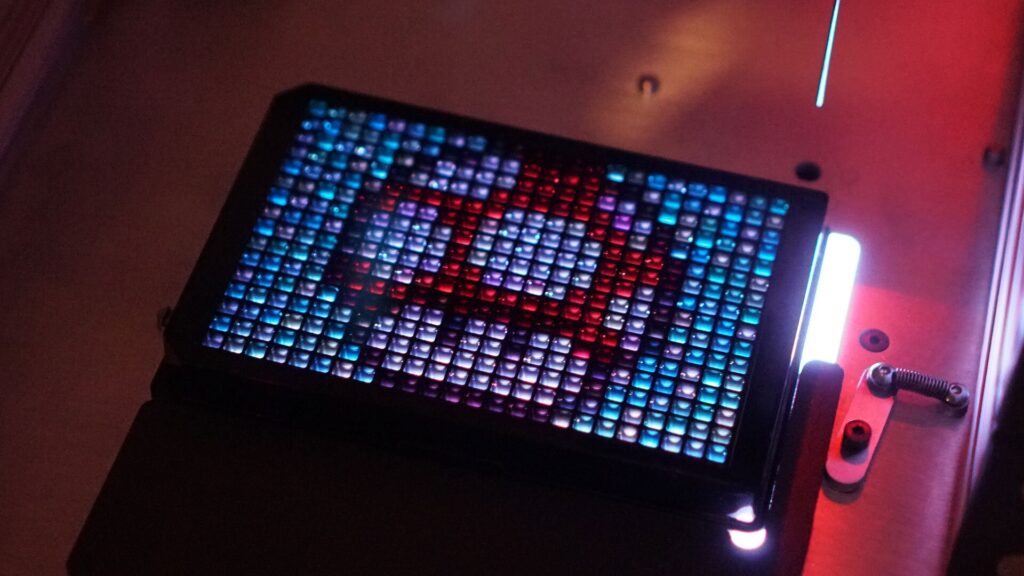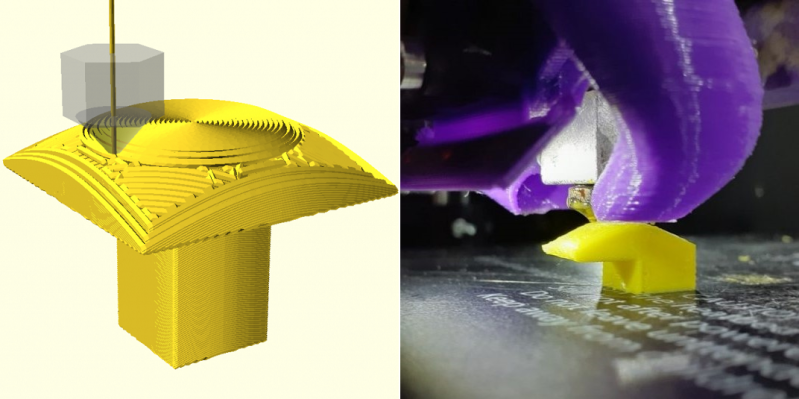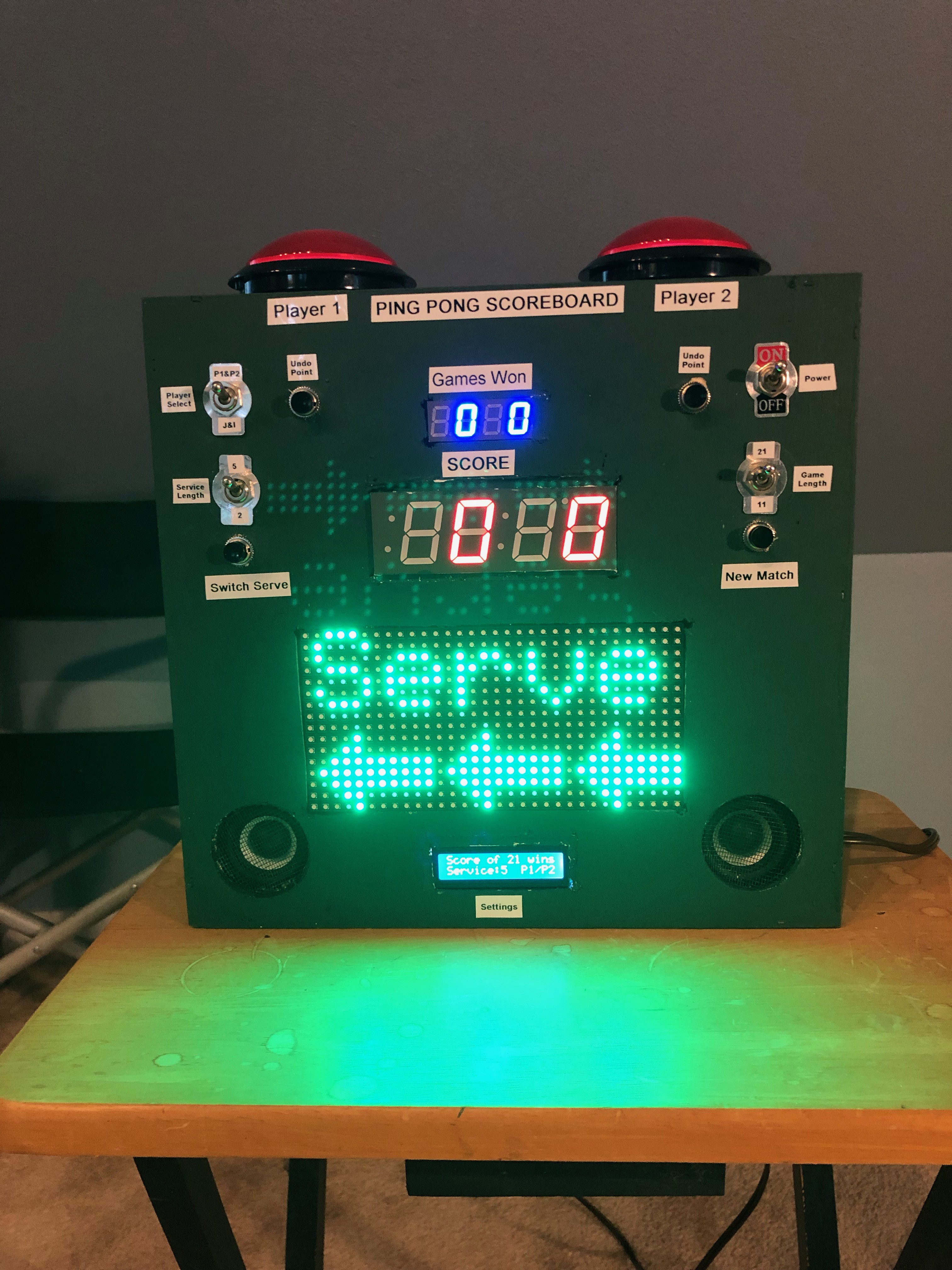As a child, chances are you came across a Lite-Brite at some point. The toy consisted of a light box with small plastic pegs that fit into a panel and lit up to form a picture. Drawing inspiration from that, mechatronics engineer Zach Frew thought “it would be cool to make a robot that consumes a digital image and outputs a watercolor painting.” What he came up with as a “first step along that path” is a homemade liquid handling workstation to dispense and mix a CMYK dye solution in a 384-well microplate “canvas.”
Liquid distribution is calculated with the help of a Python script that takes a 24×16 pixel image as input and assigns each pixel an RGB value. The “printing” is handled by the common RepRap configuration of an Arduino Mega and a RAMPS 1.4 shield, plus a PCA9685 expander chip. The X, Y, and Z axes move via stepper motors and rails, while color mixing is accomplished using five servo-actuated valves. A stepper-driven peristaltic pump is employed for liquid placement, producing low-resolution yet no less beautiful art.





